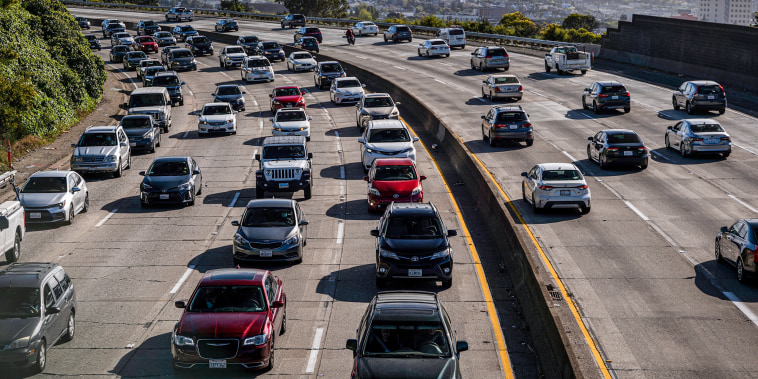
Cracking the Code: Tips to Reduce Your Skyrocketing Car Insurance Rates When Money Is Scarce!
Understanding the Ups and Downs of Car Insurance Rates
In recent times, car insurance rates have surged significantly, leaving many automobile owners grappling with high premiums that are challenging to meet, especially in cash-restrained circumstances. While this price increase can be ascribed to several causes such as higher repair costs and a rise in the frequency and severity of accidents, it remains a headache for many. What then can car owners do to lower their insurance bills when finances are tight? This article will explore effective options that might help.
1. Bundle Your Insurance Policies.
A bundled insurance policy is where you combine two or more types of insurance—such as car, home, or life insurance—under the same insurer. Many insurance companies offer valuable discounts when you bundle your policies, often resulting in significant savings. It’s worth noting, however, that although this option may result in lower premiums, it’s crucial to read through the terms of the bundled policy carefully to ensure it meets all your insurance needs.
2. Improve Your Credit Score.
Did you know that your credit score plays a crucial role in the amount you pay for car insurance? Most insurers use credit-based insurance scores to price auto insurance policies. A low credit score might result in higher insurance premiums. Therefore, improving your credit score—by consistently paying your bills on time, reducing your debt, and managing your credit card—can lower your car insurance rates.
3. Choose a Higher Deductible.
Choosing a higher deductible— the sum you pay out of pocket when you raise a claim—can dramatically reduce your insurance premium. However, keep in mind that if an accident occurs, you will have to pay a larger share of the repair costs. Therefore, it is wise to have a contingency emergency fund to cushion any future financial blow that may arise from an accident or damage.
4. Drive Less or Consider Usage-based Insurance.
If you have a low-mileage car that parks more than it hits the road, consider requesting a low-mileage discount from your insurance provider. Or better yet, consider a usage-based insurance policy. These policies consider how much you drive and how well you drive, providing discounts for low mileage and safe driving behavior.
5. Shop Around for Better Rates.
When cash is tight, it pays to shop around. Each insurance provider uses its own formula to calculate premiums, resulting in wide price variations. Obtain quotes from several insurance companies and carefully compare the coverage offered before making a decision. Remember, the cheapest policy may not necessarily be the best one for you. Balance cost with coverage and customer service reliability.
6. Eliminate Unnecessary Coverage.
Review your insurance policy and eliminate coverage that might not be necessary. For instance, if you have an older car that’s not worth much more than the deductible, you may want to drop collision and comprehensive coverage, which cover the costs of repairing or replacing your car if it’s damaged or stolen. However, make sure you’re not sacrificing crucial coverage for the sake of saving money in the short term.
In conclusion, amidst rising auto insurance rates, finding ways to lower your premium without compromising on the necessary coverage is a wise move. The above-listed steps can serve as your guide in this process. Remember to always assess your car insurance needs regularly and communicate any changes to your insurance provider. With an astute understanding of your options, you can navigate these rising car insurance rates to a more financially manageable place.
